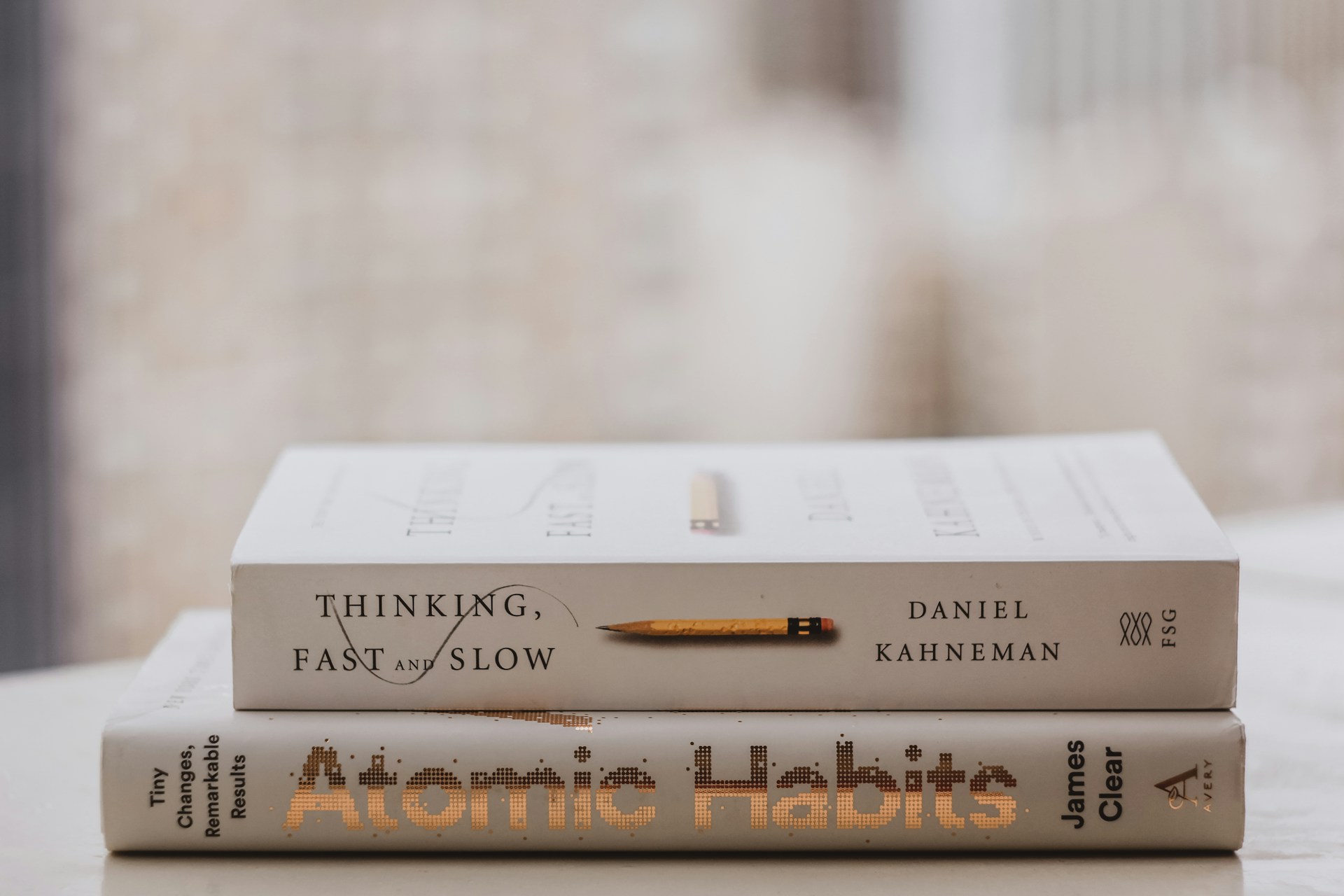Building good habits can be challenging, especially when you’re trying to adopt several at once. Enter habit stacking—a powerful technique that allows you to link new habits to existing ones, making them easier to integrate into your daily routine. In this comprehensive guide, we’ll explore what habit stacking is, why it works, and how you can use it to build multiple good habits at once.
1. What Is Habit Stacking?
Habit stacking is a strategy that involves attaching a new habit to an existing one. By leveraging the momentum of an established routine, you can make new habits stick more easily.
Example: If you already brush your teeth every morning, you can stack a new habit like flossing right after.
Internal Link: For more on building habits, check out our article on How to Develop a Growth Mindset.
2. Why Habit Stacking Works
Habit stacking is effective because it:
- Leverages existing routines: You’re already doing the first habit, so adding a new one feels natural.
- Reduces decision fatigue: You don’t have to think about when or how to do the new habit.
- Creates a chain reaction: One habit can trigger another, leading to a cascade of positive behaviors.
Internal Link: For tips on productivity, read our guide on Time Management Tips for Accelerating Personal Growth.
3. The Science Behind Habit Stacking
Habits are formed through a loop of cue, routine, and reward. Habit stacking works by using an existing habit as the cue for a new one.
Example:
- Cue: Brushing your teeth (existing habit)
- Routine: Flossing (new habit)
- Reward: Cleaner teeth and a sense of accomplishment
Internal Link: For more on habit formation, check out our article on How to Build a Self-Care Routine That Works for You.
4. How to Create a Habit Stacking Plan
Follow these steps to build your own habit stacks:
Step 1: Identify Existing Habits
List the habits you already do consistently, such as brushing your teeth, making coffee, or commuting to work.
Step 2: Choose New Habits to Add
Pick small, manageable habits you want to adopt, like drinking water, stretching, or journaling.
Step 3: Pair New Habits with Existing Ones
Attach each new habit to an existing one. For example:
- After I brush my teeth, I will drink a glass of water.
- After I make my coffee, I will write in my journal.
Internal Link: For tips on goal setting, read our guide on How to Set SMART Goals for Personal and Professional Growth.
5. Examples of Habit Stacks
Here are some practical examples to inspire your habit stacking journey:
Morning Routine
- After I wake up, I will do 5 minutes of stretching.
- After I make my bed, I will meditate for 10 minutes.
Workday Routine
- After I sit down at my desk, I will plan my top 3 tasks for the day.
- After I finish a meeting, I will take a 5-minute walk.
Evening Routine
- After I eat dinner, I will wash the dishes immediately.
- After I turn off the TV, I will read for 20 minutes.
Internal Link: For more on routines, check out our article on How to Create a Night Routine for Better Sleep and Productivity.
6. Tips for Successful Habit Stacking
To make habit stacking work for you, keep these tips in mind:
Start Small
Begin with one or two habit stacks and gradually add more.
Be Specific
Clearly define when and where you’ll do the new habit.
Track Your Progress
Use a journal or app to monitor your habit stacks and celebrate your successes.
Internal Link: For tips on tracking progress, read our guide on How to Develop Emotional Intelligence.
7. Overcoming Common Challenges
Habit stacking isn’t always easy. Here’s how to overcome common obstacles:
Forgetting the New Habit
Set reminders or use sticky notes to prompt yourself.
Losing Motivation
Focus on the benefits of the new habit and celebrate small wins.
Overloading Your Routine
Avoid adding too many habits at once. Start with one or two and build from there.
8. The Role of Environment in Habit Stacking
Your environment can make or break your habit stacks. Here’s how to optimize it:
Create Visual Cues
Place reminders or tools for your new habits in visible locations.
Remove Distractions
Eliminate obstacles that could derail your habit stacks.
Make It Easy
Set up your environment so the new habit requires minimal effort.
Internal Link: For tips on creating a productive environment, check out our article on How to Create a Cozy and Aesthetic Home on a Budget.
9. Habit Stacking for Different Areas of Life
Habit stacking can be applied to various aspects of your life. Here’s how:
Health and Fitness
- After I wake up, I will do 10 minutes of yoga.
- After I eat lunch, I will take a 15-minute walk.
Personal Growth
- After I drink my morning coffee, I will read for 20 minutes.
- After I finish work, I will practice a new skill for 30 minutes.
Productivity
- After I check my email, I will prioritize my top 3 tasks.
- After I complete a task, I will take a 5-minute break.
Internal Link: For more on personal growth, read our guide on How to Develop a Growth Mindset.
Final Thoughts
Habit stacking is a simple yet powerful technique for building multiple good habits at once. By linking new habits to existing ones, you can create a seamless routine that supports your goals and enhances your life. Start small, stay consistent, and watch as your habit stacks transform your daily routine.
